Optimal Timing for Water Treatments
Water treatments are essential for maintaining water quality and ensuring the safety of water supplies. Proper timing of treatments can maximize effectiveness, reduce costs, and prevent issues such as corrosion, scale buildup, or microbial growth. Regular assessments and scheduled treatments are recommended based on water usage patterns, seasonal changes, and water source conditions.
Spring and fall are optimal times for comprehensive water treatments, allowing for adjustments before peak usage periods.
Performing treatments before high-demand seasons ensures water quality during periods of increased consumption.
Treatments following system repairs or maintenance help prevent contamination and restore water quality.
Regular testing informs the best timing for treatments, addressing specific issues as they arise.
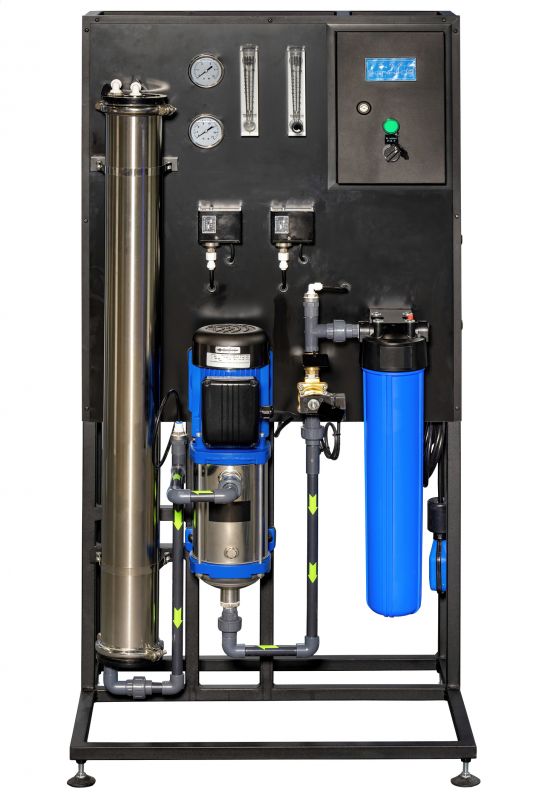
Advanced systems used for filtration, disinfection, and chemical treatment.

Samples collected for analysis to determine treatment needs.
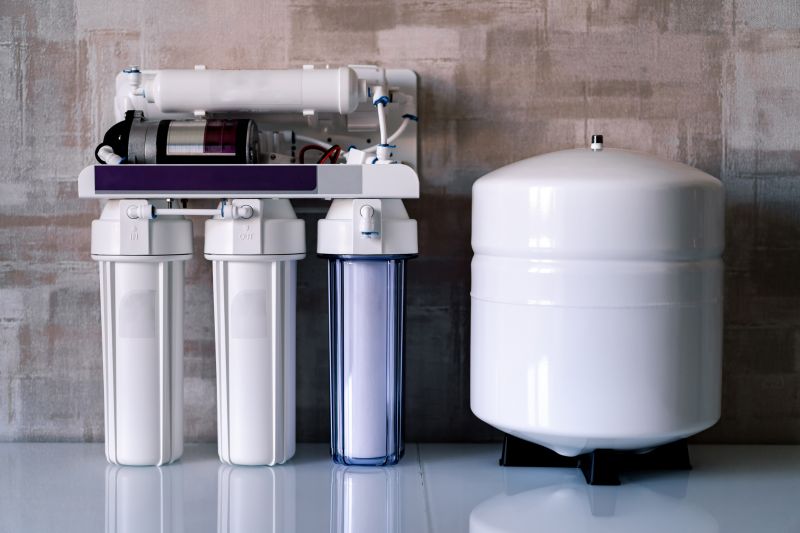
Application of disinfectants and pH adjusters to improve water quality.
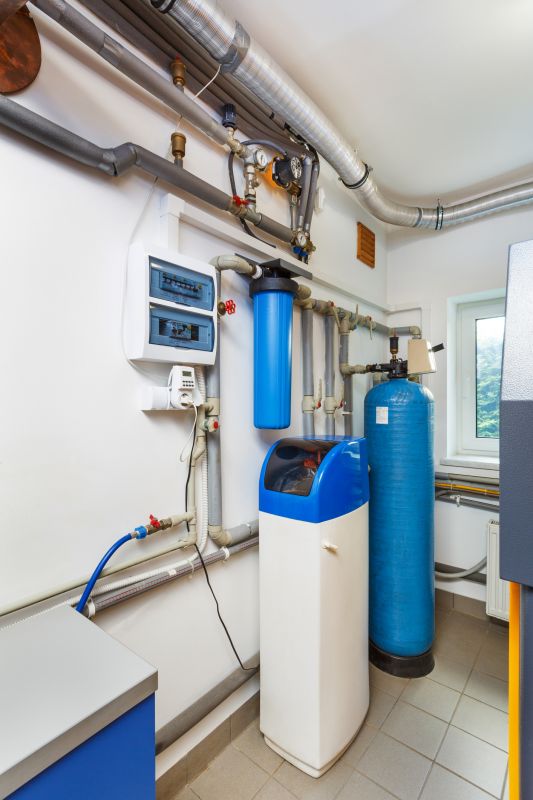
Ways to make Water Treatments work in tight or awkward layouts.
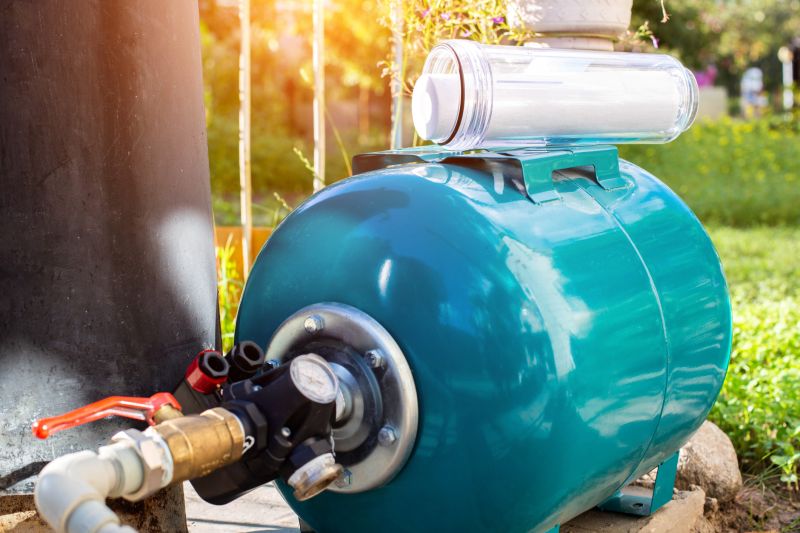
Popular materials for Water Treatments and why they hold up over time.

Simple add-ons that improve Water Treatments without blowing the budget.
| Water Treatment Timing Factors | Details |
|---|---|
| Seasonal Changes | Adjust treatments based on temperature and seasonal water demand. |
| Water Source Quality | Monitor source water to determine optimal treatment times. |
| Water Usage Patterns | Schedule treatments before high-usage periods for consistent quality. |
| System Maintenance | Perform treatments after repairs or cleaning to ensure system integrity. |
| Regulatory Compliance | Align treatment timing with local water quality standards. |
| Environmental Conditions | Consider weather impacts such as storms or droughts. |
| Water Testing Results | Use data to inform precise treatment scheduling. |
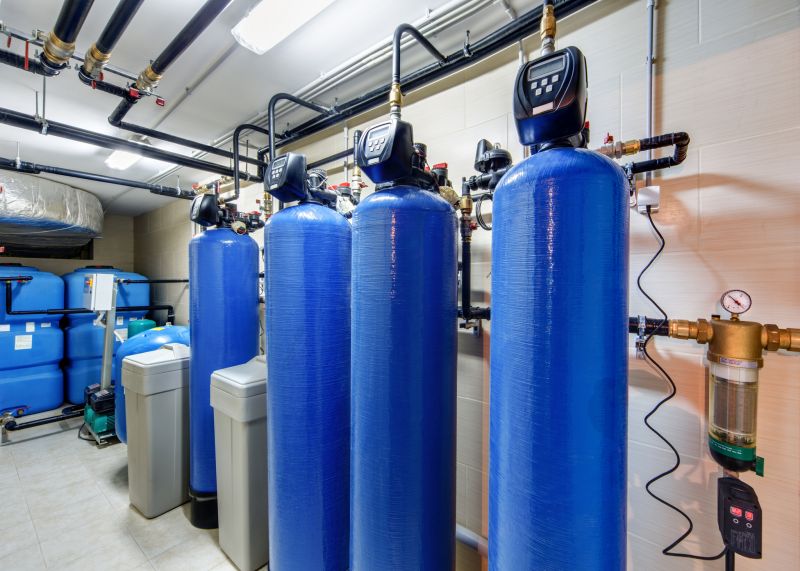
Facility where water is processed and treated.
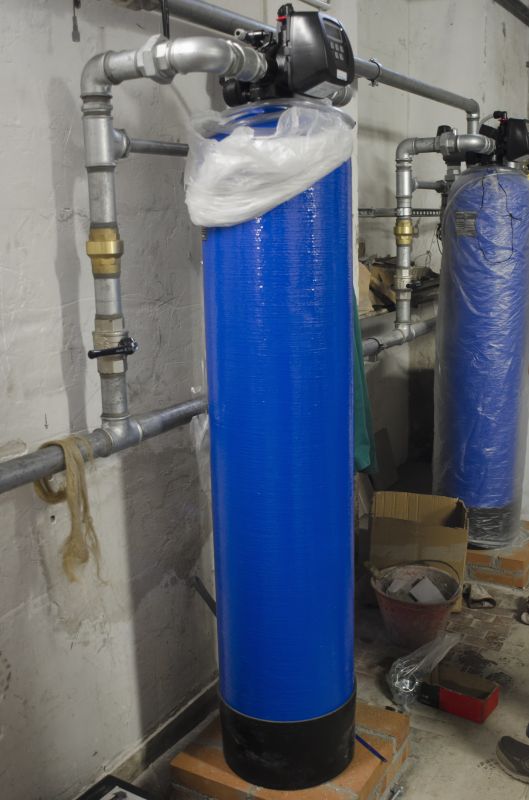
Devices used to add treatment chemicals accurately.
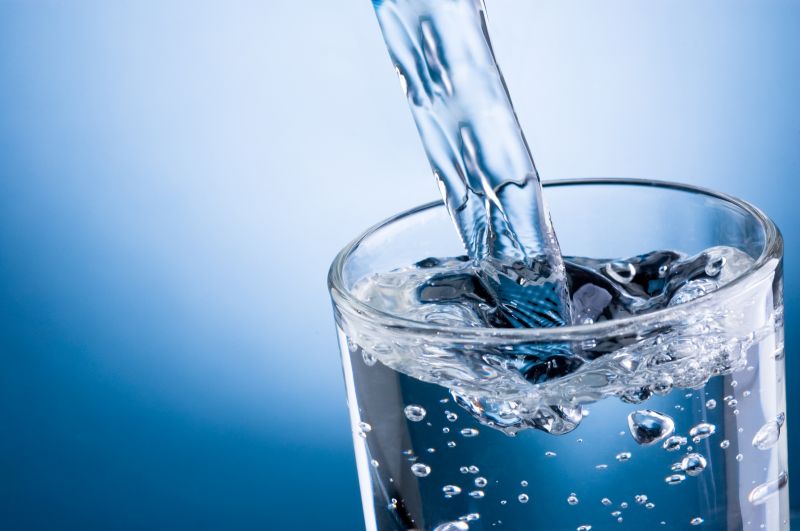
Samples taken for laboratory analysis.
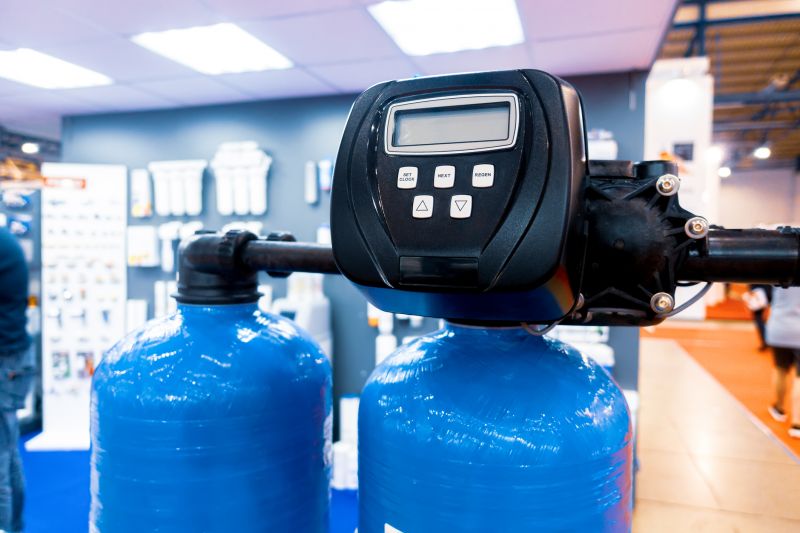
Methods like chlorination to eliminate pathogens.
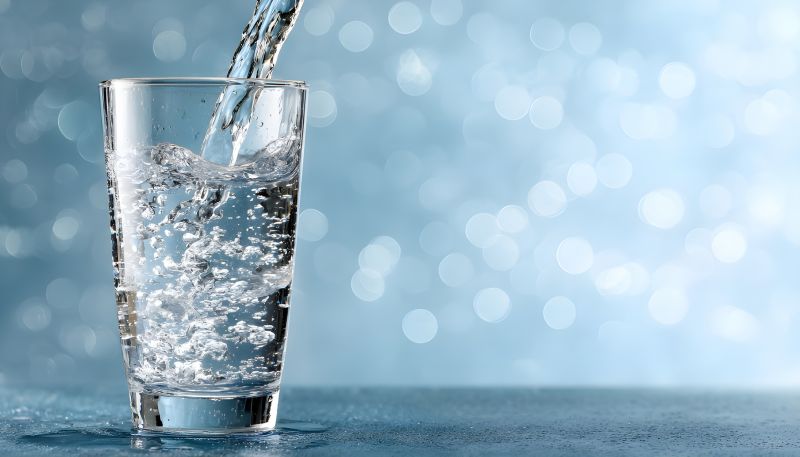
High-end options that actually feel worth it for Water Treatments.
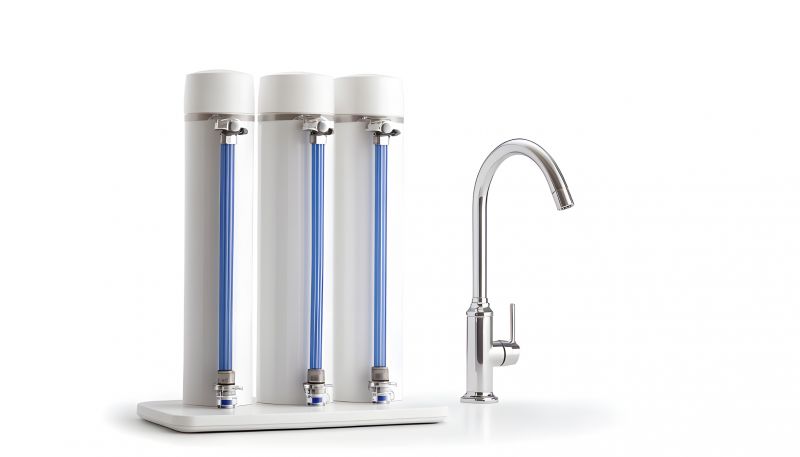
Finishes and colors that play nicely with Water Treatments.
Water treatments encompass a range of processes designed to improve water quality for various uses, including drinking, industrial, and irrigation purposes. These treatments often involve filtration, chemical disinfection, pH adjustment, and biological controls. The timing of these treatments is critical to ensure maximum effectiveness, prevent system damage, and comply with health standards. Proper scheduling can lead to significant improvements in water clarity, taste, and safety, reducing the risk of waterborne illnesses and infrastructure issues.
Statistics indicate that untreated or improperly treated water can contain contaminants exceeding safety thresholds, leading to health risks and costly repairs. Regularly scheduled water treatments, aligned with water quality assessments and environmental factors, can mitigate these risks. Implementing a strategic treatment schedule helps maintain consistent water quality, optimize chemical usage, and extend the lifespan of water treatment systems.

Visual overview of treatment stages from source to tap.

Analyzing water samples for contaminants.
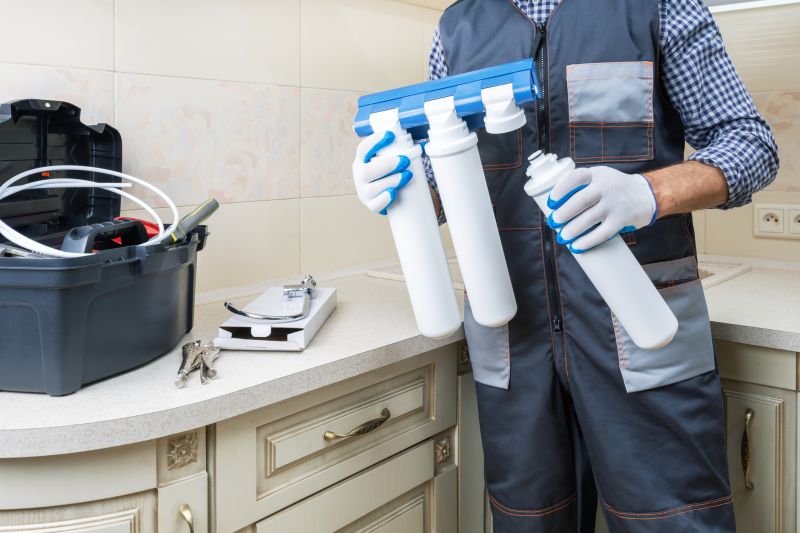
Adding disinfectants and pH adjusters.

Little measurements that prevent headaches on Water Treatments day.

A 60-second routine that keeps Water Treatments looking new.
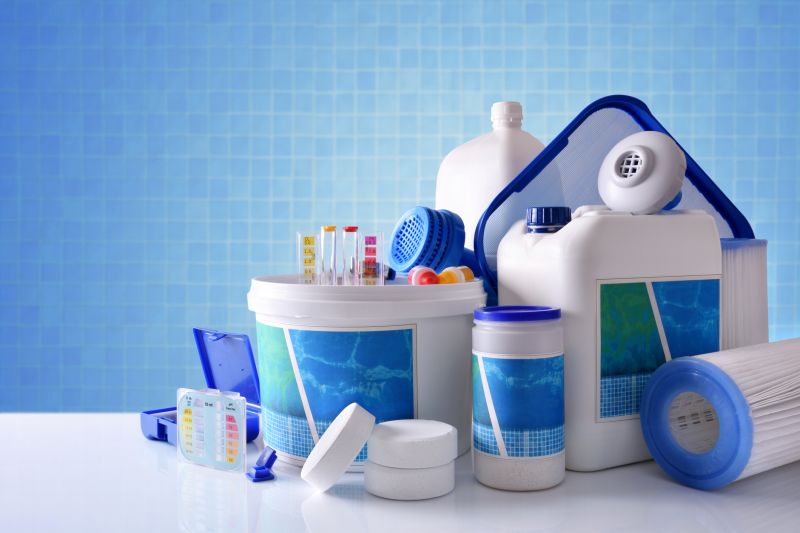
A frequent mistake in Water Treatments and how to dodge it.
For those interested in scheduling water treatments, filling out the contact form provides a way to obtain tailored recommendations based on specific water quality needs and local conditions. Properly timed treatments are essential for maintaining water safety, system longevity, and compliance with health standards.

